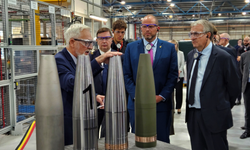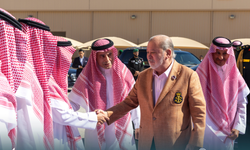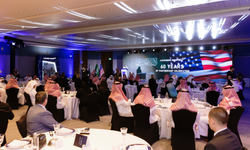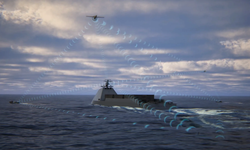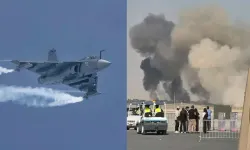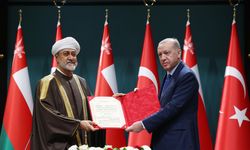The Royal Navy has formally declared the Peregrine Rotary Wing Uncrewed Air System (RWUAS) in service, marking a step in its maritime aviation transformation strategy.
Developed by Thales in partnership with Schiebel, Peregrine is a shipborne uncrewed aerial system designed to expand the Fleet’s intelligence, surveillance and reconnaissance (ISR) capabilities. The platform is fitted with Thales’ I-Master radar, providing surveillance and tracking functions in day, night and all-weather conditions.
The system has already been tested in live operations during deployment with HMS Lancaster, where it supported maritime security tasks and extended the ship’s surveillance coverage.
Peregrine is part of the Royal Navy’s wider effort to integrate both crewed and uncrewed aviation assets in response to evolving operational requirements.
Marie Gayrel, Vice-President for Intelligence, Surveillance and Reconnaissance activities at Thales, said:
“As Thales, along with Schiebel, we are proud to partner with the Royal Navy in delivering the Peregrine capability. Its operational success aboard HMS Lancaster demonstrates the potential of rotary wing uncrewed air systems to transform maritime operations. This milestone highlights our shared commitment to innovation, safety and delivering critical capability to the Fleet, fully aligned with the Royal Navy’s transformation agenda. With decades of experience in designing and delivering advanced uncrewed systems across air, land and sea domains, Thales brings proven expertise and technology that ensure the Royal Navy benefits from the very best in operational capability.”
Captain Dave Gillett, Head of Navy Develop’s Maritime Aviation & Carrier Strike, added:
“The introduction of Peregrine into service is a game-changer for our surface fleet. Its successful deployment with HMS Lancaster shows how uncrewed systems can deliver real operational advantage, extending our surveillance reach and enhancing our decision-making in theatre. With the integration of the I-Master radar, Peregrine provides exceptional surveillance capability and is a vital step for wider Maritime Aviation Transformation, ensuring the Royal Navy remains at the forefront of innovation in naval aviation.”
The introduction of Peregrine reaffirms the Royal Navy’s intention to expand its use of advanced uncrewed systems in order to strengthen operational flexibility and maritime security.

